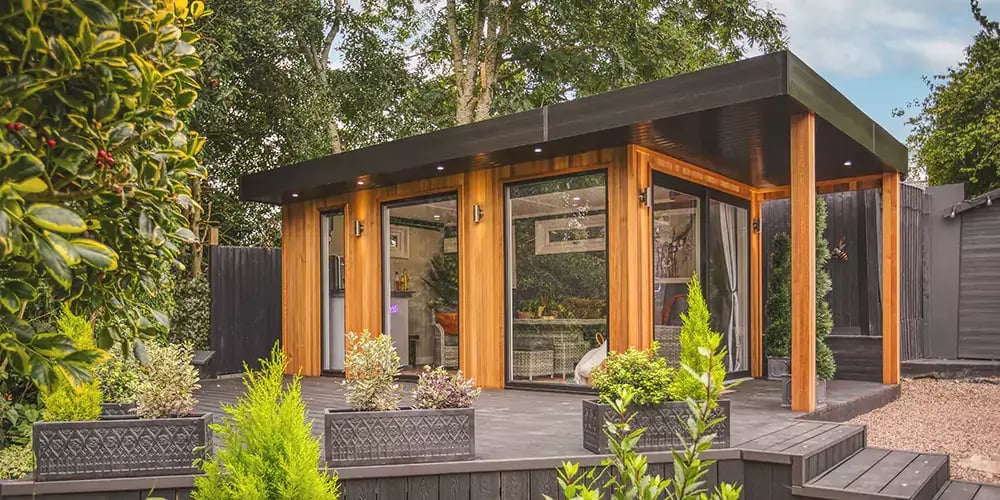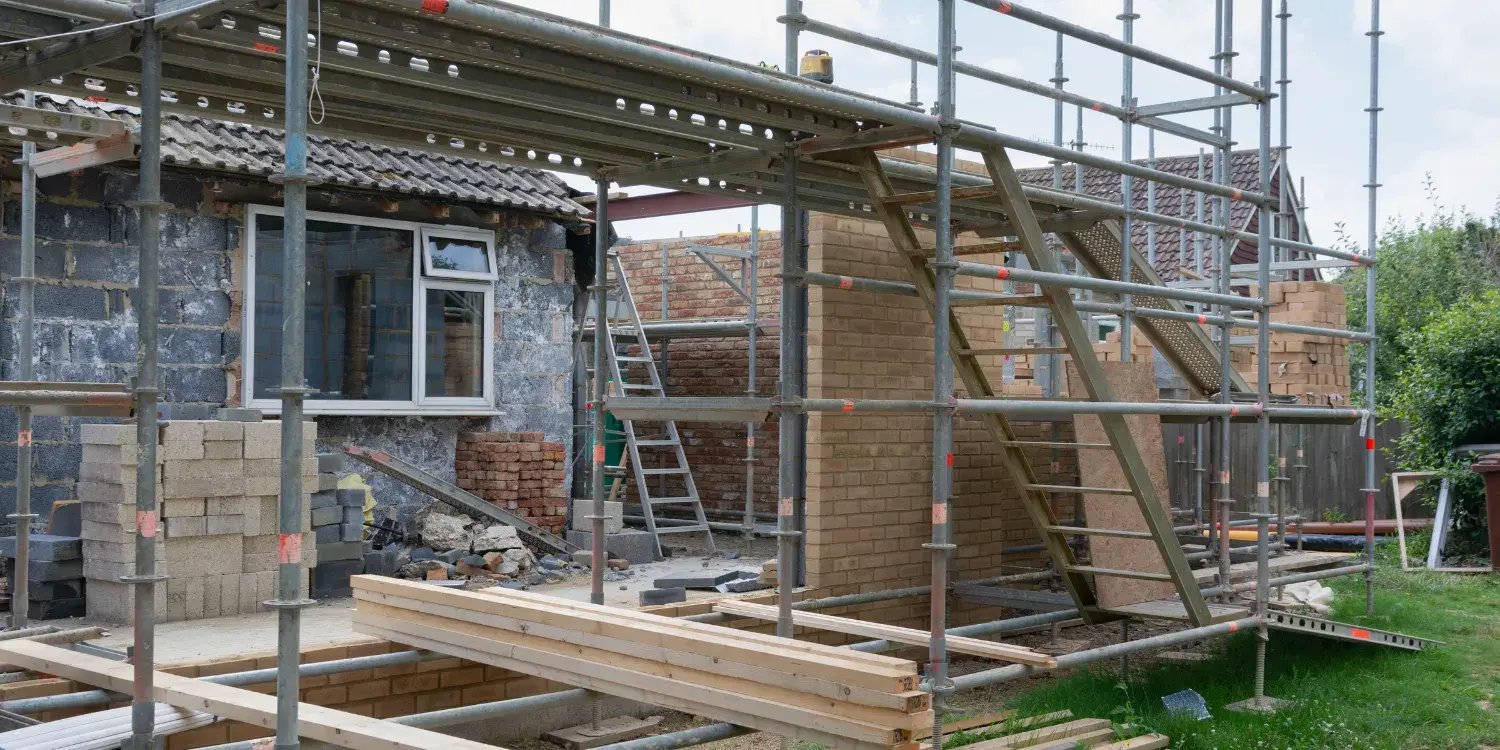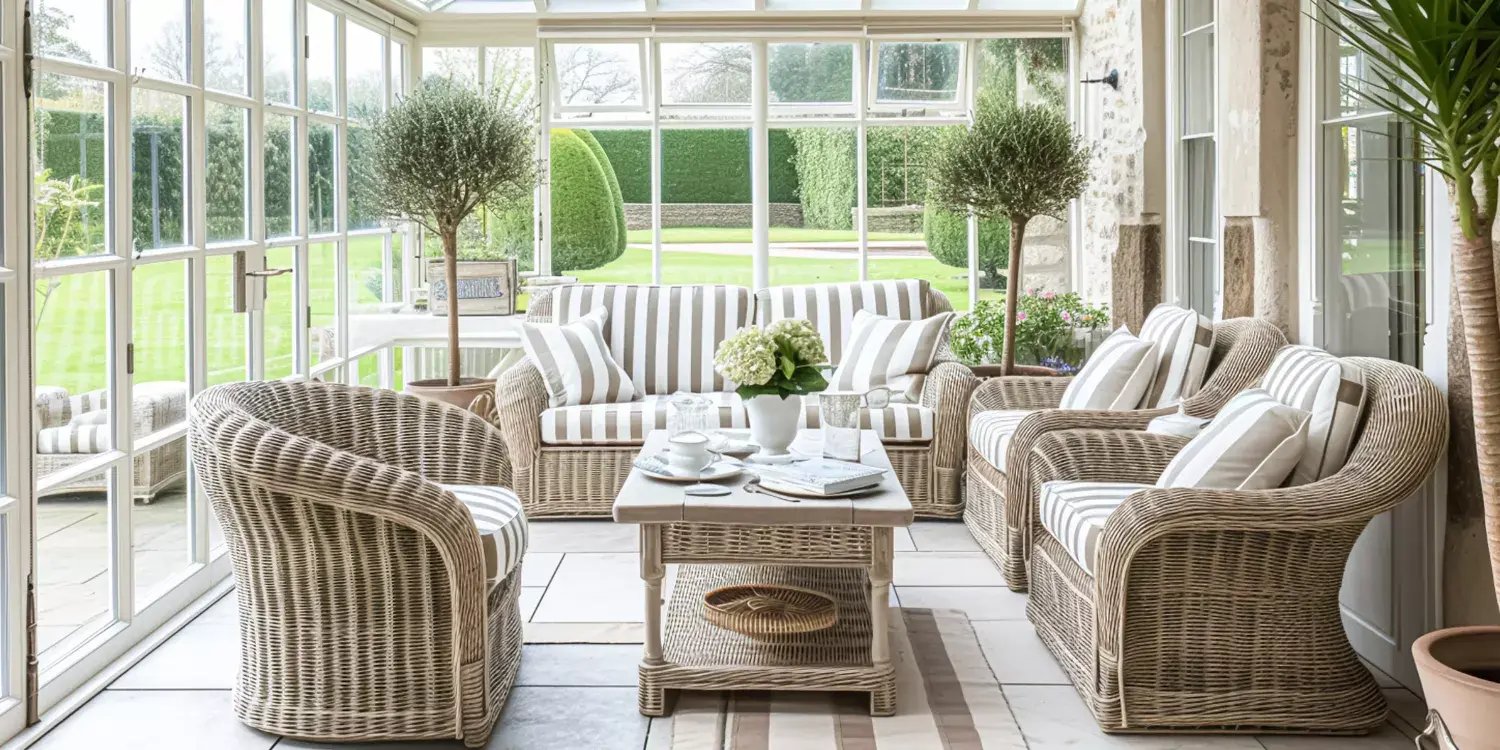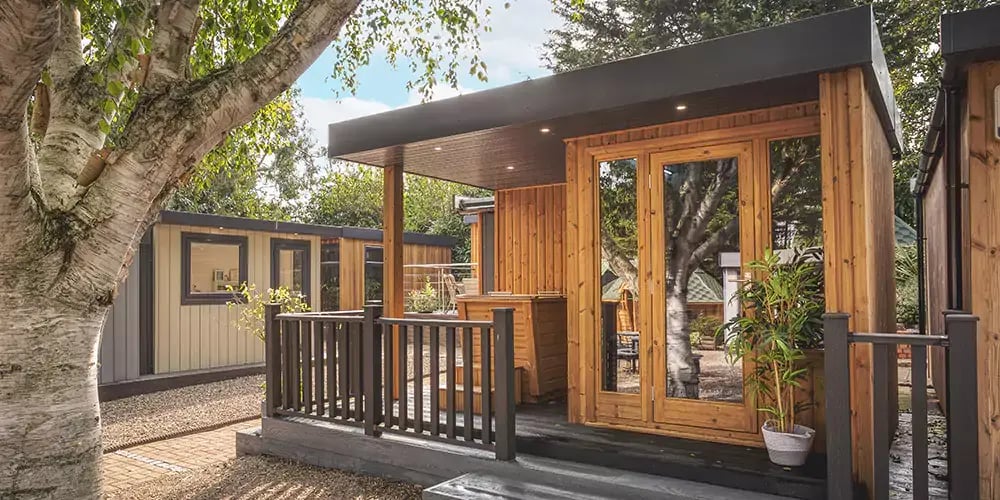
Conservatory vs. Extension vs. Garden Room: Which is Best?
Conservatory vs. Extension vs. Garden Room: Which is Best?
If your home is feeling a little snug but you love where you live, expanding your space makes perfect sense. The big question is, how?
For homeowners exploring options, the three main contenders are a conservatory, an extension, or a garden room.
Each offers a different way to create extra room for work, leisure, or family time, but choosing the wrong one can mean spending more than you planned, or ending up with a space that isn’t fit for purpose.
Below, we’ve compared each option side-by-side to help you find which one best fits your lifestyle, budget, and home.
What’s the Difference Between a Conservatory and an Extension?
A house extension is a permanent addition built directly onto your home, using the same materials as the main property, brick walls, a tiled or flat roof, full insulation, and integrated heating.
It’s ideal if you want to make an existing room larger, such as extending a kitchen or creating an open-plan dining space.
Because extensions are structurally part of your home, they must comply with Building Regulations and often require planning permission (unless they fall under specific permitted development rules).
By contrast, a conservatory is a glazed structure that feels lighter and airier. It must have at least 50% of its walls and 75% of its roof made of glass or other translucent material.
Conservatories are exempt from Building Regulations only if they’re separated from the main house by external-quality doors and have their own heating system.
Difference between a Conservatory and an Extension in short:
- Extension: Solid, permanent structure, part of your house.
- Conservatory: Glazed, lighter structure, attached but semi-independent.
When Does a Conservatory Become an Extension?
If you plan to build a conservatory that’s open plan with your home or fitted with a solid roof instead of glass, it will no longer qualify as a conservatory under Building Regulations.
In that case, it’s legally considered an extension and must meet all relevant regulations.
Orangery vs. Conservatory vs. Extension
If you’ve heard the term orangery, think of it as the middle ground.
An orangery combines the light and charm of a conservatory with the structure of an extension, featuring brick pillars, a partially solid roof, and large glass panels.
They often require the same permissions as extensions and tend to sit at the higher end of the cost scale due to their complexity.
Garden Room vs. Extension vs. Conservatory: What’s the Difference?
A garden room is an entirely detached structure built in your garden, not connected to your home. Despite that, it offers the same level of insulation and comfort as an extension.
Modern garden rooms, like those from Cabin Master, are designed for year-round use, with double glazing, full insulation, and heating options included.
They’re typically covered under Permitted Development, meaning you can often install one without needing planning permission, as long as it’s under 30m² and not used for full-time living.
Because they’re self-contained, they offer unmatched privacy, ideal for a garden office, gym, bar, or photography studio.
Cost Comparison: Conservatory vs. Extension vs. Garden Room as of 2025
|
Type |
Average Cost |
Timescale |
|
From £15,000 |
4–8 weeks |
|
|
£30,000 - £140,000 for a single storey |
3–6 months |
|
|
£12,500 |
2 - 4 days |
Extensions are the most expensive because they require architects, structural engineers, planning approval, and major internal work.
Conservatories are cheaper but can still involve groundworks and significant disruption. Garden rooms sit comfortably in between, a high-end feel at a lower cost, with minimal intrusion into your daily life during installation.
Usability: Which Works Best Year-Round?
One of the biggest issues with older conservatories is temperature control, sweltering in summer and freezing in winter. Unless you invest in underfloor heating, blinds, and cooling systems, their usability can be limited.
Extensions offer full insulation and central heating integration, making them the most consistent option for all seasons, but at a much higher price.
Modern garden rooms have closed the gap. With high-performance insulation, double glazing, and optional air-source climate control, they’re warm in winter and cool in summer, ideal for remote working, fitness, or hobbies.
For more details on insulation and planning, read our blog on Garden Room Planning Permission.
Functionality: What Each Option Is Best For
- Extension: Perfect for expanding your main living space, kitchens, dining areas, or lounges. However, they’re less suited to activities needing privacy or quiet (like a gym or office).
- Conservatory: Ideal if you love natural light and want a relaxing place to enjoy your garden views, perfect for reading rooms or informal dining.
- Garden Room: The most versatile option. You can tailor it to your lifestyle, whether it’s a garden office, bar, gym, or even a sauna cabin.
Because it’s detached, you’ll enjoy complete privacy and fewer disruptions from the rest of the house.
How Much Value Do They Add to a Property?
All three options can add 5–15% to your home’s value when built to a high standard.
However, the return on investment often favours garden rooms, they’re significantly cheaper than an extension, quicker to build, and appeal to buyers looking for flexible outdoor living space.
Extensions offer great long-term value if you’re increasing your overall floor space, but they require far more commitment.
Conservatories can add charm, but only if they’re modern, energy-efficient, and in good condition.
Making the Right Choice
Choosing between a conservatory, an extension, and a garden room comes down to your budget, lifestyle, and patience for disruption.
- Choose an extension if you’re ready for a large project and want to integrate the space into your home completely.
- Choose a conservatory if you want natural light and garden views on a smaller budget. Just be mindful of temperature control.
- Choose a garden room if you want a quick, low-stress way to add a flexible, private, and insulated living space that feels like an extension of your home without the planning hassle.

Bonus Option: Loft Conversions
While rising in popularity, loft conversions are still another way to create usable space without moving. They’re great for turning unused loft areas into bedrooms, offices, or hobby rooms, especially in homes where garden space is limited. However, they come with significant costs due to the need for structural reinforcements, insulation, stair access, and compliance with fire and building regulations. The average cost of a loft conversion now ranges between £20,000 and £60,000+, depending on complexity and roof height.
We recently spoke to our Cabin Master colleague Kay, who had been considering a loft conversion for her own home. After receiving several quotes, she found that the costs were “ridiculous for the space we’d actually gain.” The price she was given came in at nearly £48,000, far higher than she’d expected.
Ready to Design Your Garden Room?
With over 20 years of experience designing and installing bespoke timber buildings, Cabin Master makes creating your dream space simple.
From design and manufacturing to installation and electrics, we handle every step in-house — all backed by a 10-year structural guarantee.
Visit one of our show sites to explore real-life examples of our garden offices, gyms, and bars, or get in touch for your free 3D design and quotation



















